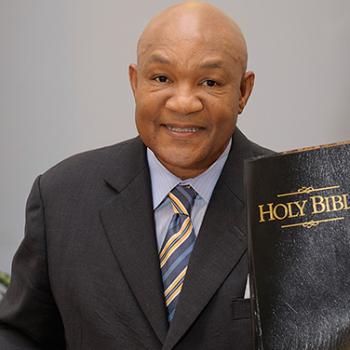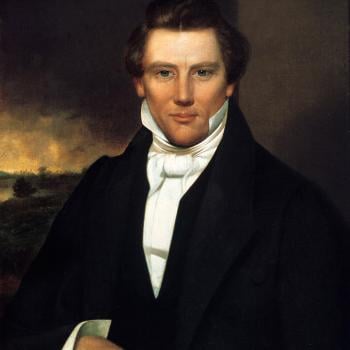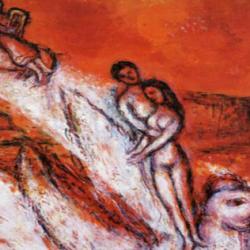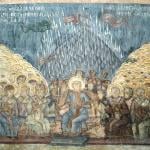A number of scholars in the past few decades have studied the parallels between the Song of Songs and Egyptian “love poetry.” These parallels are questionable, but even if we assume they are there, it doesn’t prove the case that several of these scholars want to make – namely, that the Song is exclusively a song of human eros . Egyptian love poetry has the same religious dimensions as have been seen in the Song.
In a 1921 article, Aylward Blackman summarized the evidence of women’s participation in Egyptian temple cults. He noted, for instance, that the high priestess of the goddess Hathor had the title “she who gives such,” and “she was identified with the goddess Hathor, who either in human or bovine form is so often depicted suckling the Pharaoh, thereby imparting to him life, stability, and good fortune.” An inscription of Ramesses II, moreover, “speaks of the Hathors of the temple of Atum being in festival, their hearts rejoicing, their hands holding tambourines, and how they cry out for joy when they see the Pharaoh’s beautiful form. Thus not only was the high-priestess of the sun-god identified with Hathor, but the musician-priestesses over whom she presided were designated Hathors also.”
Some Egyptian texts refer to “maidens” and “concubines” assigned to the gods:
“Amenre not only possessed a human wife but also a number of human concubines. At their head was a woman entitled Chief of the Concubines, who seems generally to have been the wife of the high-priest or else his sister or daughter . . . . The generally accepted view that the concubines of Amun were no other than his musician-priestesses, a view which finds some support in the fact that the last-named are definitely stated to have been attached to the house of the God’s Wife.” Were this whole mindset to be rendered in poetic form, it would sound a lot like passages from the Song of Songs.
Erich Neumann’s comment on our historical distance from ancient sacral love an is apt: “the sexual symbolism that appears in primitive cult and ritual has a sacral and transpersonal import, as everywhere in mythology. It symbolizes the creative element, not personal genitality. It is only personalistic misunderstanding that makes these sacral contents ‘obscene.’ Judaism and Christianity between them – and this include Freud – have had a heavy and disastrous hand in this misunderstanding. The desecration of pagan values in the struggle for monotheism and for a conscious ethic was necessary, and historically an advance; but it resulted in a complete distortion of the primordial world of those times. The effect of secondary personalization in the struggle against paganism was to reduce the transpersonal to the personal. Sanctity became sodomy, worship became fornication, and so on. An age whose eyes are once more open to the transpersonal must reverse this process.”















